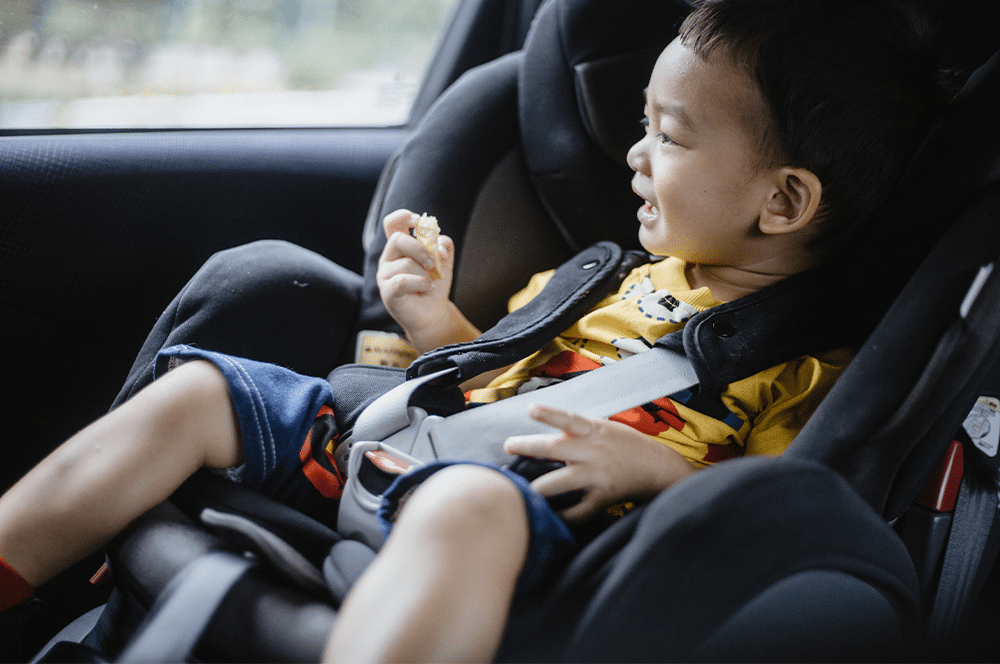
In Malaysia, it is vital for parents to understand why a child safety seat is important and should be installed in the car. Acting as a protective chair, it safeguards our kids during journeys on busy Malaysian roads. While strollers are well-known among parents, awareness about the crucial role of child safety seats may be lacking. These seats offer crucial additional protection for our little ones in case of a crash. Thus, always prioritise their use when driving with your children.
What is a Child Restraint System (CRS)?
A study found that Child Restraint System (CRS), or commonly referred to as child safety seat, is highly effective in protecting children during accidents. Using child safety seats correctly can significantly reduce the risk of severe injury and even death in car accidents, especially for young children.
3 Reasons Why Child Safety Seat is Important
Here are the top 3 reasons why parents should use child safety seats.
#1 Reduces Risk of Injury
As parents, our main responsibility is to keep our child safe and healthy. One crucial decision to ensure their safety is purchasing a car seat. Child safety seats significantly reduce the chance of injury in a car accident. They keep the child secure and prevent contact with the car’s interior.
#2 Prevents Fatalities
Proper use of child safety seats can lower the risk of death by 71 percent for infants and 54 percent for toddlers. Therefore, parents should install these seats to protect their children’s safety.
#3 Legal Requirement – The Most Crucial Reason Why Child Safety Seat is Important
In Malaysia, the CRS regulation has been gazetted by the Road Transport Department (JPJ) under the Road Transport Act 1978 – Motor Vehicles (Safety Seat-belts) (Amendment) Rules 2019. On 1st January 2020, the law was implemented for private vehicles.
CRS used in Malaysia must comply with the UNR standard (R44 or R129) and children must weigh less than 36 kg, or with a height less than 136 cm, or aged below 12 years old.
Ministry of Transport Malaysia
In short, using a child safety seat is mandatory by law, ensuring that parents adhere to safety standards and protect their children. Now, let’s explore the Malaysia CRS in detail so that parents can understand more about the proper use of CRS.
Increasing Awareness of Why a Child Safety Seat is Important: Understanding Proper CRS Usage in Malaysia
To understand why it’s important to use a child safety seat properly in Malaysia, we will provide information about the characteristics and components of CRS. Additionally, we will cover the types of CRS installation.
Characteristics of CRS
1. Infant safety seat
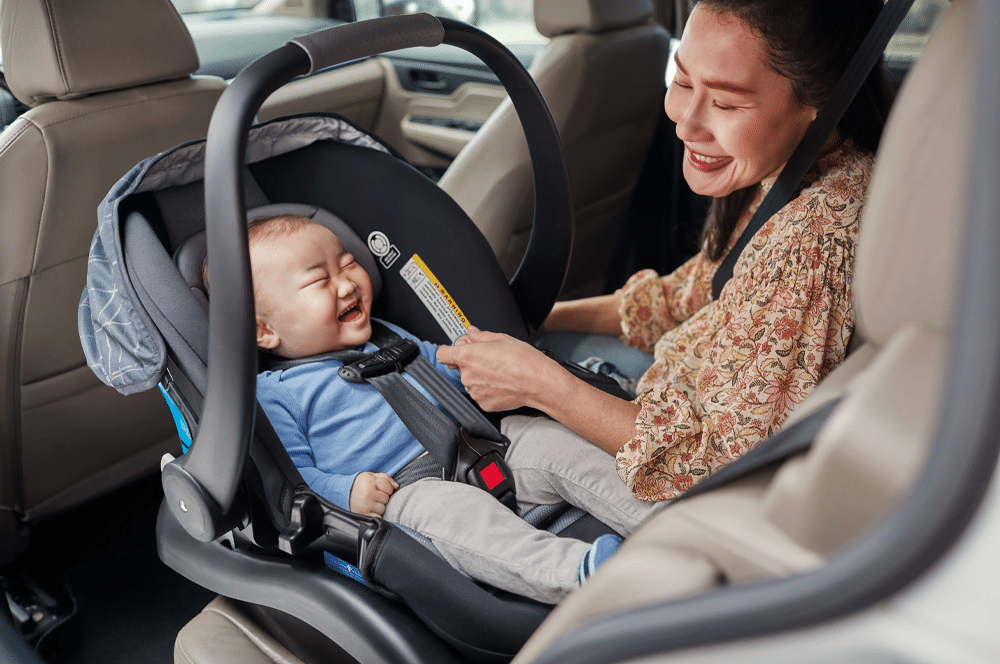
- Age: Newborn to 1-year-old
- Weight: Up to 9 kg
- Rear-facing installation seat.
- Secure the child in the CRS with a harness for added protection.
- Ensure the top of the child’s head is fully contained within the seat’s shell to minimise injury risks.
- Position harness slots at or below shoulder level to ensure proper restraint.
- Ensure that the angle of these seats never exceeds 45 degrees from the vertical position for optimal safety.
- Install in the back seat using a seat belt or ISOFIX system to ensure stability and security.
2. Forward-facing safety seat
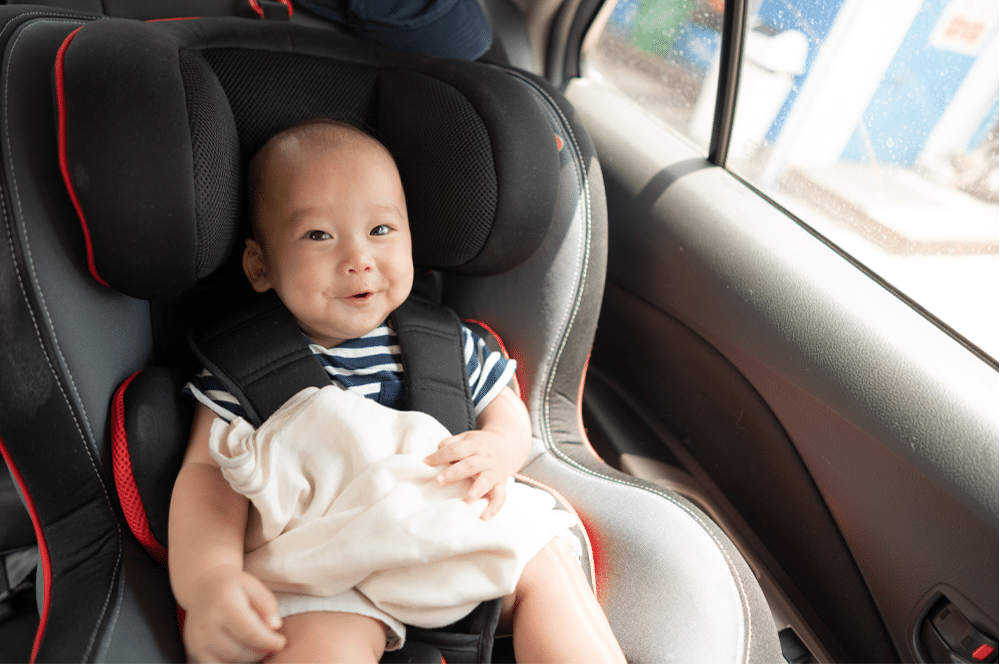
- Age: 9 months to 4 years old
- Weight: 9 kg to 18 kg
- Forward-facing seat options usually feature either five-point harnesses or overhead shield restraints.
- The shoulder strap height is typically positioned above the child’s shoulders to effectively limit head movement.
- Seat back height should exceed the child’s ears to provide protection against backward bending.
- Installation in the back seat using a seat belt or ISOFIX system is required.
3. Booster seat
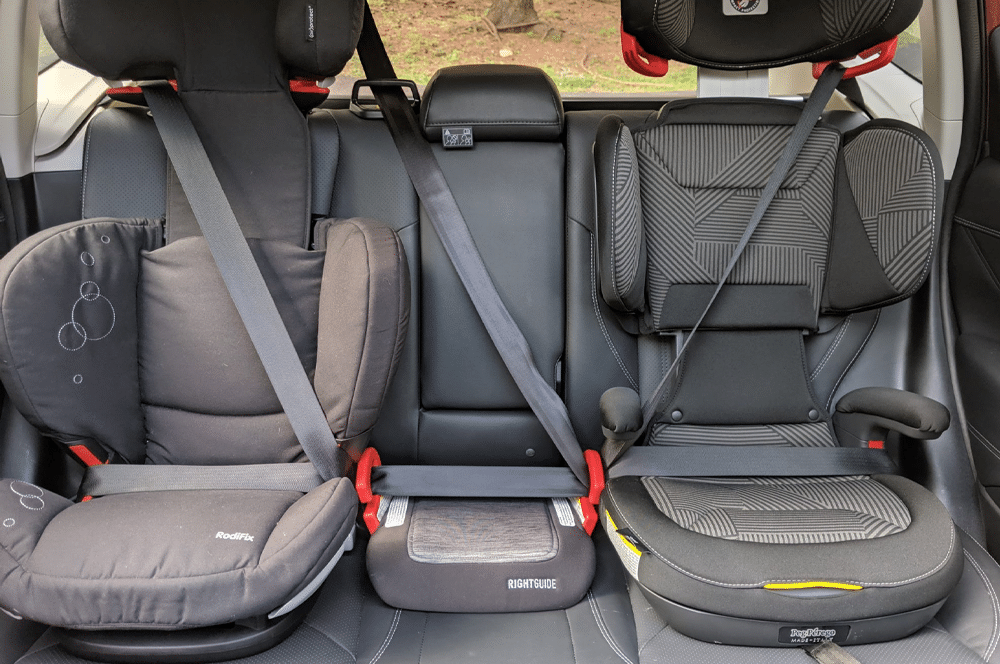
- Age: 4 years old to 11 years old
- Weight: 15 kg to 36 kg
- Booster seats facilitate the transition from child seats with internal harnesses to vehicle lap/shoulder belts.
- They are secured in place using the vehicle’s safety belt system.
- Booster seats are designed to position children correctly so that adult seat belts can safely fit across their chest and hips.
- There are three types of booster seats: belt-positioning, high-back belt-positioning, and shield booster.
4. Adult seat belt
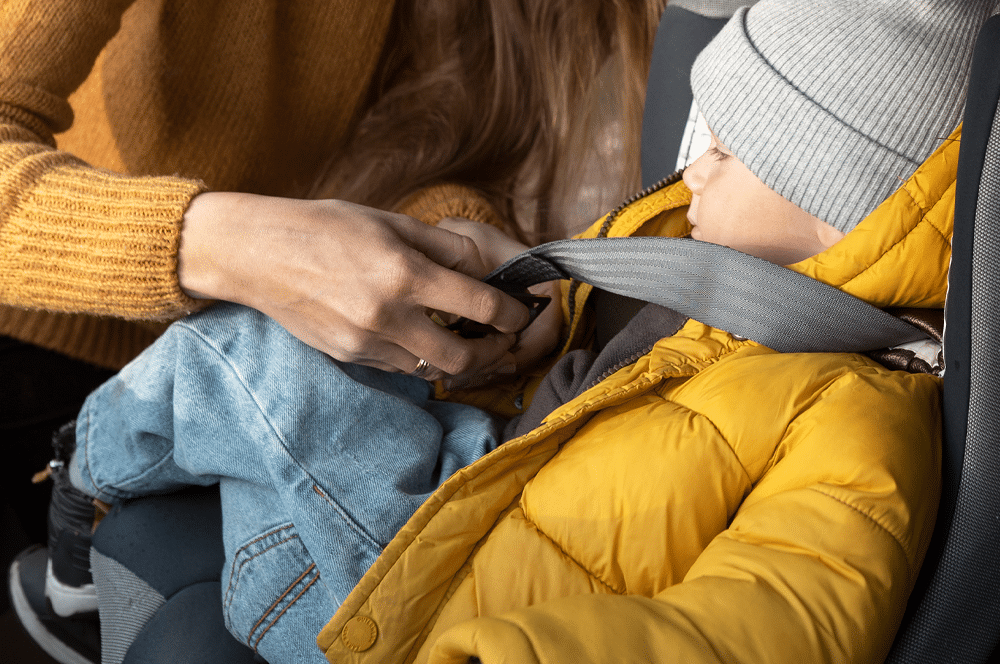
- Age: 8 years old to adult
- Weight: 36 kg and above or at least 145 cm
- The seat belt should securely fit across the child’s chest and hips.
- Children are advised to sit in the back seat until they reach the age of 12.
Components of CRS
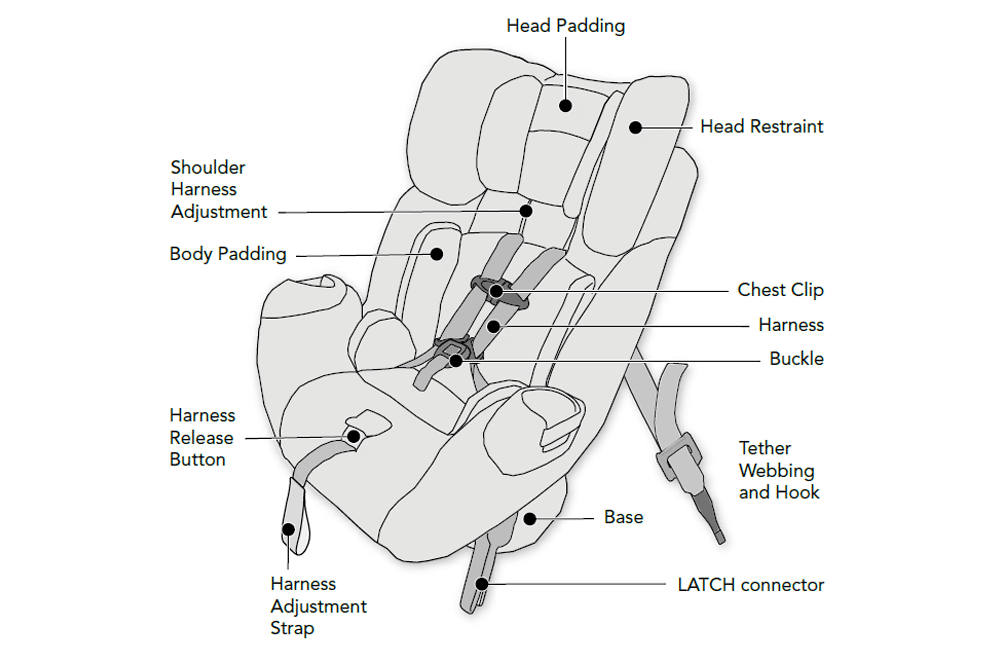
The image depicted above illustrates the essential components of CRS. It is crucial for parents to grasp each of these components, particularly the correct routing of the harness, to ensure proper fitting on the child’s body.
Types of CRS Installation
Understanding the type of CRS attachment to the vehicle seat is crucial. This includes attachment methods such as seat belt only, ISOFIX base or ISOFIX without a base, or the top tether.
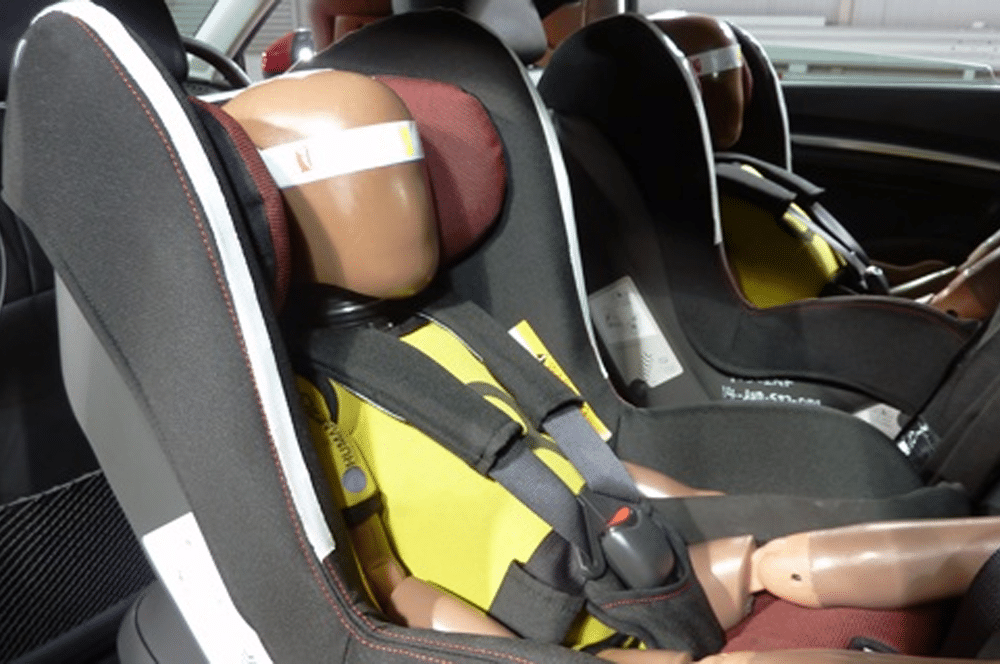
Cleanliness of CRS is Important Too!
Using a CRS is important to ensure the safety of your little one, but keeping it clean and in good condition is crucial too. However, we understand that not all stains are easy to remove and not all parents have the time to do the cleaning. That’s why we recommend sending your CRS to a professional cleaning service like Big Mama.
Protect your children’s safety and health by using a child safety seat and keeping it clean!